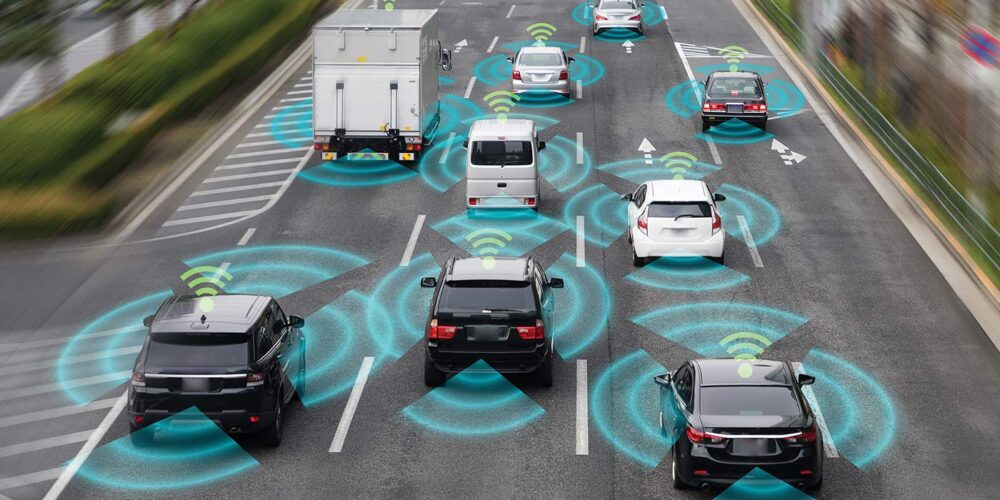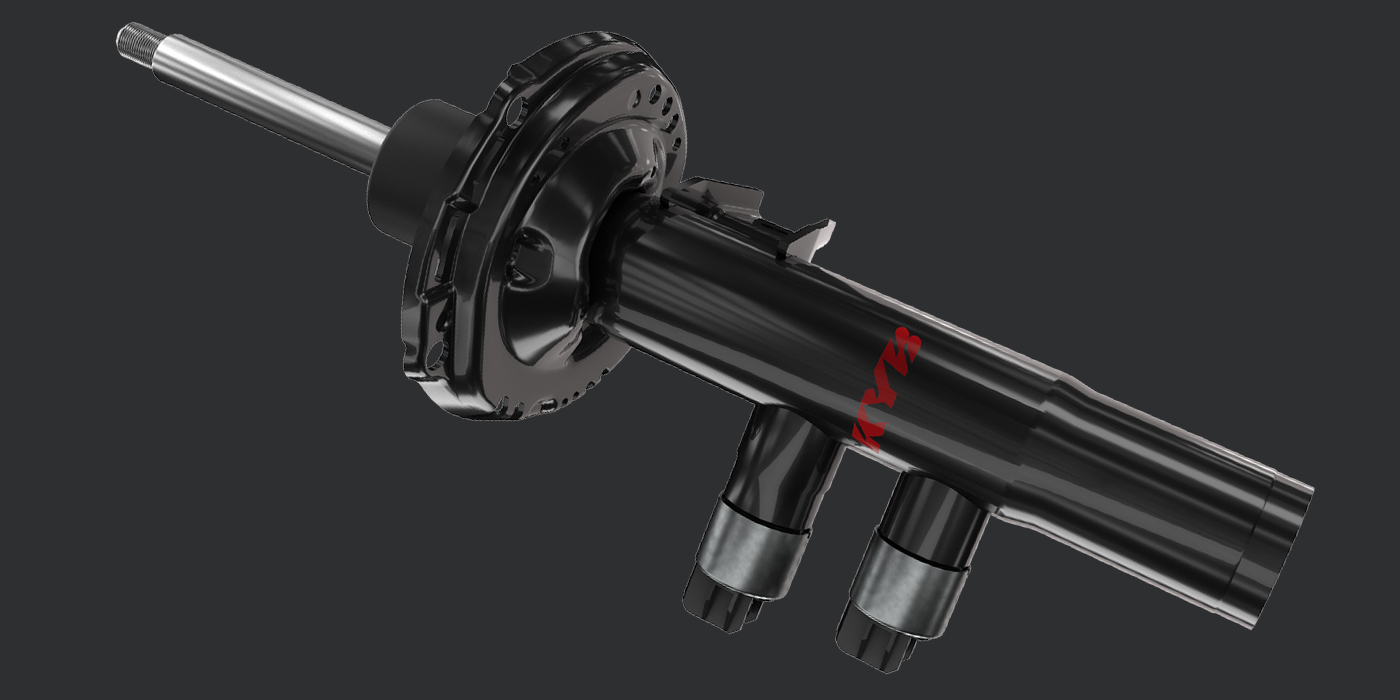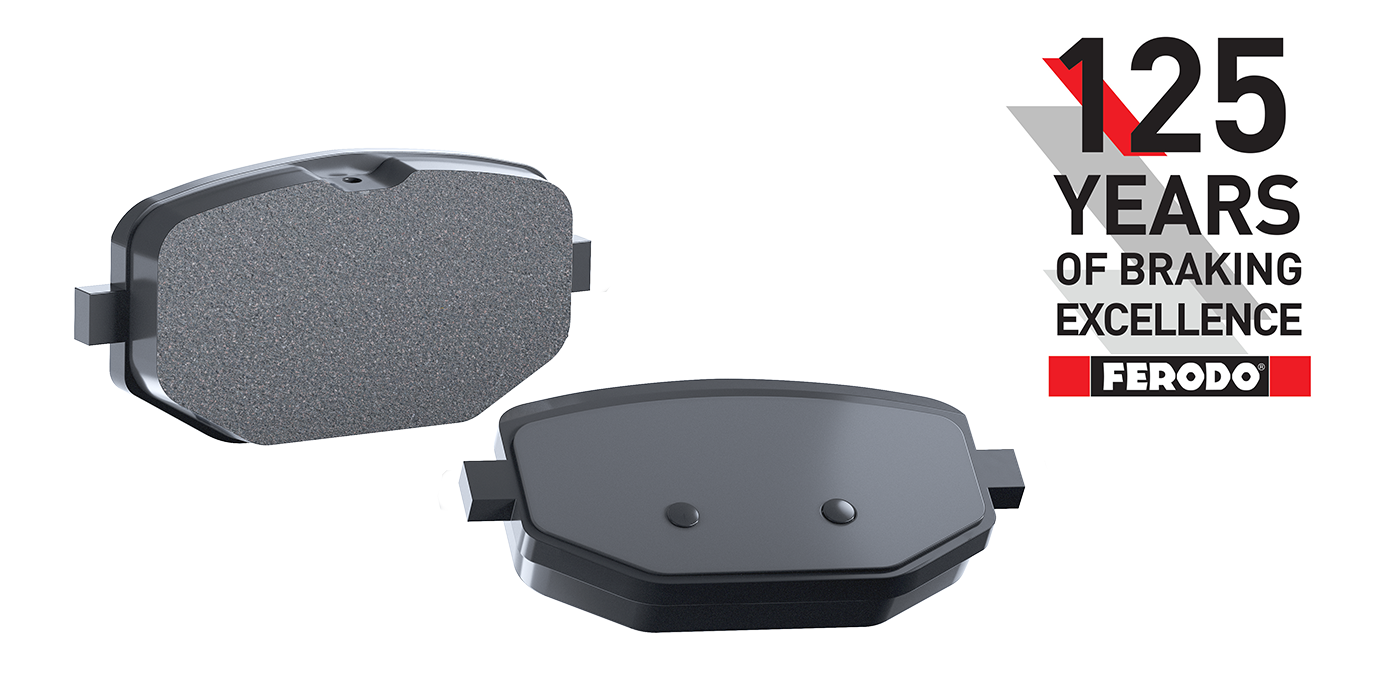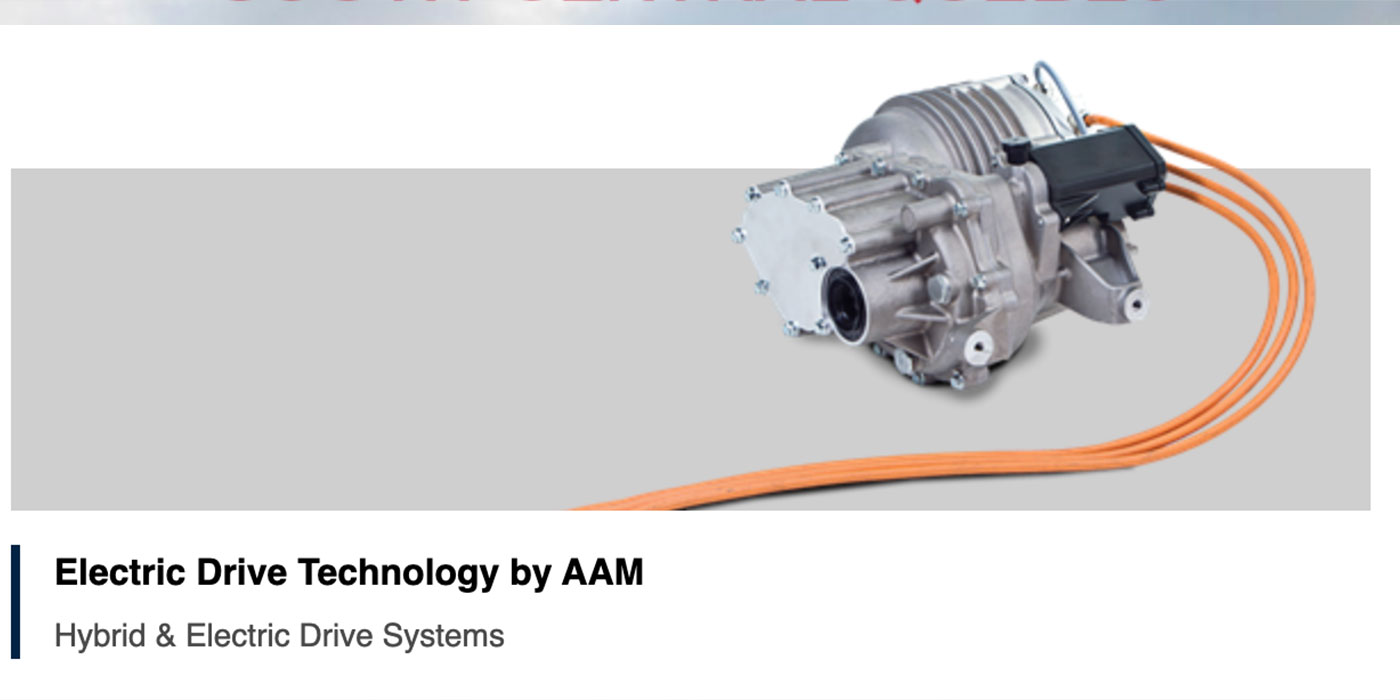
New-vehicle retail sales in May are expected to fall from a year ago, according to a forecast developed jointly by J.D. Power and LMC Automotive. Retail sales are projected to reach 1,226,800 units, a 3.1% decrease compared with May 2018. The seasonally adjusted annualized rate (SAAR) for retail sales is expected to be 13.5 million units, down nearly 200,000 from a year ago.
May will be the fifth consecutive month in 2019 to experience a sales decline, with calendar year-to-date sales through May expected to be down 5.2% compared with the same period in 2018.
The Total Sales Forecast
Total sales in May are projected to reach 1,558,800 units, a 2.1% decrease compared with May 2018. The seasonally adjusted annualized rate (SAAR) for total sales is expected to be 17 million units, down 200,000 from a year ago.
The Takeaway
“May is one of the highest-volume months of the year and its performance typically indicates how the year will play out,” said Thomas King, senior vice president of the Data and Analytics Division at J.D. Power. “The expected sales decline in May, coupled with weak sales year-to-date has left the industry with rising inventories of unsold vehicles. Manufacturers are responding with larger discounts to take advantage of the Memorial Day weekend, which is one of the busiest car-buying periods of the year.”
Last year, more than 238,000 vehicles were sold over the holiday weekend, accounting for more than 2% of full-year retail sales.
The number of new vehicles sitting on dealer lots is rising. On average, new vehicles sold in May spent 74 days on dealer lots, the highest level for the month of May since 2009 when the industry was dealing with the effects of the great recession. In fact, 29% of vehicles sold so far in May have sat on lots for 90 days or longer, up from just over a quarter of vehicles last year.
Manufacturers are responding with larger discounts. Incentive spending per unit so far in May is $3,722, up $25 from last year. While the increase is modest, it is notable for breaking a 10-month trend for the industry of lower year-over-year discounts. “Despite the increase in discounts, the industry continues to exhibit reasonable incentive discipline,” King said. “Spending as a percentage of MSRP remains below the 10% threshold at 9.1%.”
Transaction prices are continuing to rise. New-vehicle prices in May are on pace to reach $33,457 — the highest ever for the month — and are up more than 4% (+$1,345) from last year. The record prices reflect higher prices for both cars (up 3% to $27,259) and trucks/SUVs (up 4% to $36,388).
The growth in average prices is due primarily to sales weakness at lower price points. Retail sales of vehicles under $30,000 are expected to be down 5.7% in May, compared with 2.1% for the market overall.
Transaction price growth also means that the total value of new vehicles purchased in May will increase despite the sales decline. Consumers are expected to spend $41 billion on new vehicles this month, up $381 million from last year’s level.
While new-vehicle demand is soft, the used market continues to be strong. Sales of used vehicles by franchised dealers are up 5.9% month-to-date over last year. For many dealers, robust profits from used-vehicle operations are more than offsetting the challenges in new-vehicle operations.
“May reflects a mixed performance for the industry,” King said. “For manufacturers, despite lower volumes, higher prices are delivering an increase in net revenue. For dealers, strength in the used market is offsetting weakness in new. Looking forward, elevated inventory levels remain an issue that will only be corrected through production cuts or higher incentives. As the industry starts its transition to sales of 2020 model-year vehicles, pressure to increase discounts on 2019 model-year vehicles will rise considerably.”
The Details
• The average new-vehicle retail transaction price to date in May is on pace to reach $33,457. The previous high for the month of May — $32,112 —was set last year.
• Average incentive spending per unit to date in May is $3,722, up from $3,697 during the same period last year.
• Consumers are on pace to spend $41 billion on new vehicles in May, up $381 million from last year’s level.
• Truck/SUVs account for 70.8% of new-vehicle retail sales through May 19, the highest level ever for the month of May.
• Days to turn, the average number of days a new vehicle sits on a dealer lot before being sold to a retail customer, is 74 days through May 12, up 5 days from last year.
• Fleet sales are expected to total 332,000 units in May, up 1.9% from May 2018. Fleet volume is expected to account for 21% of total light-vehicle sales, up 0.8 percentage points from last year.
Outlook for the Year
Jeff Schuster, President, Americas Operations and Global Vehicle Forecasts, LMC Automotive, stated, “While sales remain at historically high levels, pressures on the auto industry continue to mount. Chief among these is vehicle affordability concerns, which outweighs the strong economy and record-high consumer sentiment that otherwise should portend continued growth in U.S. auto sales. Despite these positives, some consumers have decided to either forego a new-vehicle purchase by remaining in their existing vehicle or else have shifted to the used-vehicle market.”
Even with a slight downward revision, LMC’s forecast for 2019 total light-vehicle sales remains at 16.9 million units, a decline of 2.5% from 2018. The retail light-vehicle sales are holding at 13.5 million units, a decline of 2.9% from 2018.













